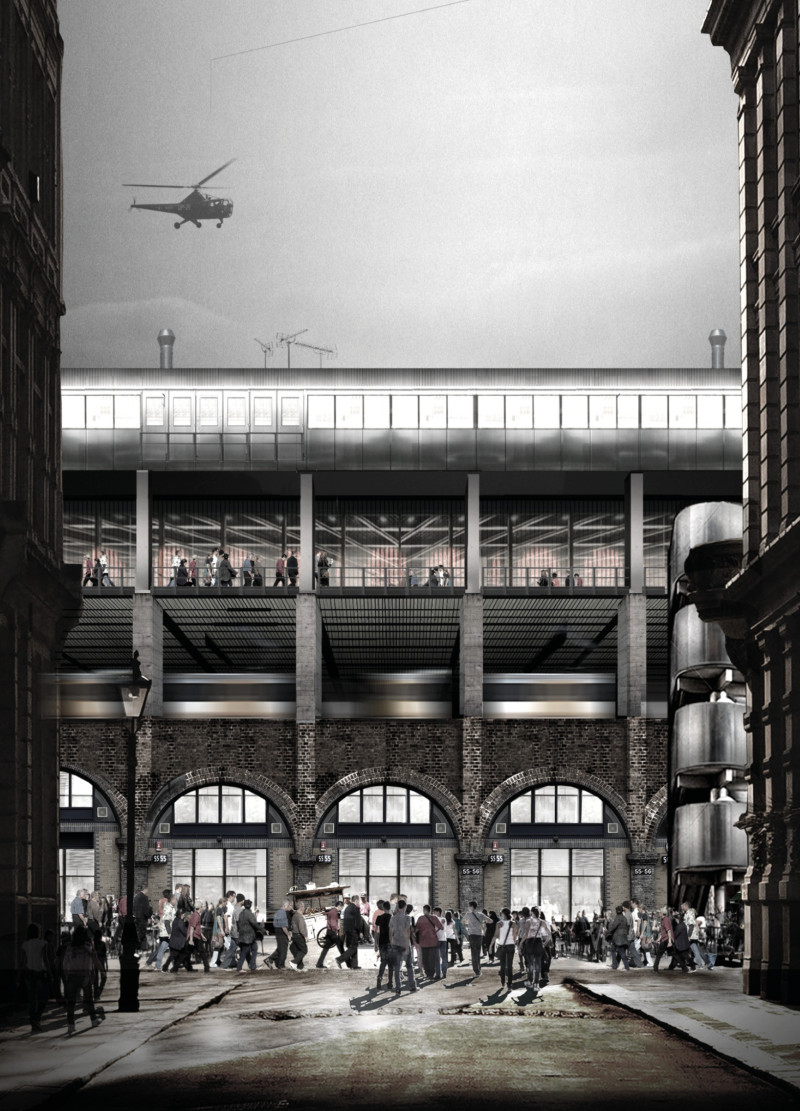5 key facts about this project
The architecture embodies a contemporary aesthetic while prioritizing sustainability and functionality. The design approach emphasizes the use of natural materials that harmonize with the surrounding environment. Predominantly featuring locally sourced timber, brickwork, and glass, the structure not only ensures durability but also enhances energy efficiency. The careful selection of materials reflects a commitment to ecological considerations and serves to create a warm and inviting atmosphere, making the building feel approachable and integrated into its setting.
One of the unique aspects of this project is its engagement with natural light and ventilation. The architectural design incorporates large windows and open, airy spaces that promote a well-lit interior and reduce reliance on artificial lighting. These windows are strategically placed to maximize views of the landscaped areas and surrounding urban elements. Furthermore, the flow of air through the building is optimized through careful planning of its layout, ensuring that each space benefits from cross-ventilation. This mindful integration of nature into the design enhances the occupants' overall well-being and reinforces the connection between the built environment and its natural surroundings.
The layout of the project features a series of communal spaces that encourage social interaction. Open-plan living areas serve as gathering spots, while smaller breakout spaces allow for more intimate engagements. This thoughtful organization not only facilitates community but also supports versatility in how the spaces are utilized over time. The architectural design includes features such as terraces and balconies that extend the living areas outdoors, further blurring the lines between interior and exterior spaces. It is essential that these elements cater to various user needs, making the project adaptable and functional for different demographics.
Attention to detail is evident throughout the design. Custom elements, such as integrated furnishings and built-in storage, reflect a commitment to maximizing the usability of spaces without compromising aesthetics. The overall color palette is understated, employing neutral tones that complement the natural materials and create a cohesive visual identity throughout the project. This approach not only enhances the building’s architectural beauty but also allows it to remain relevant and timeless as design trends evolve.
Accessibility and inclusivity are fundamental principles reflected in the project layout. The design includes features that ensure ease of use for all individuals, including those with disabilities. These considerations go beyond just compliance with regulations; they illustrate a genuine commitment to creating an environment where everyone can thrive.
What truly sets this project apart is its holistic consideration of the surrounding context, the well-being of its users, and its sustainability. By marrying architectural innovation with practical solutions, the design serves as a model for future developments in urban environments. It challenges conventional notions of residential and communal living while reinforcing a sense of place and belonging within the community fabric.
For those interested in delving deeper into the architectural composition of this project, exploring the architectural plans and sections can provide valuable insights into the intricacies of its design ideas. Engaging with the architectural designs further reveals the thoughtful tactics employed to elevate both the function and experience of the space. The project not only represents a physical structure but also reflects a broader vision for harmonious living in an urban context, inviting viewers to appreciate the nuances and intentions behind this architectural endeavor.


























